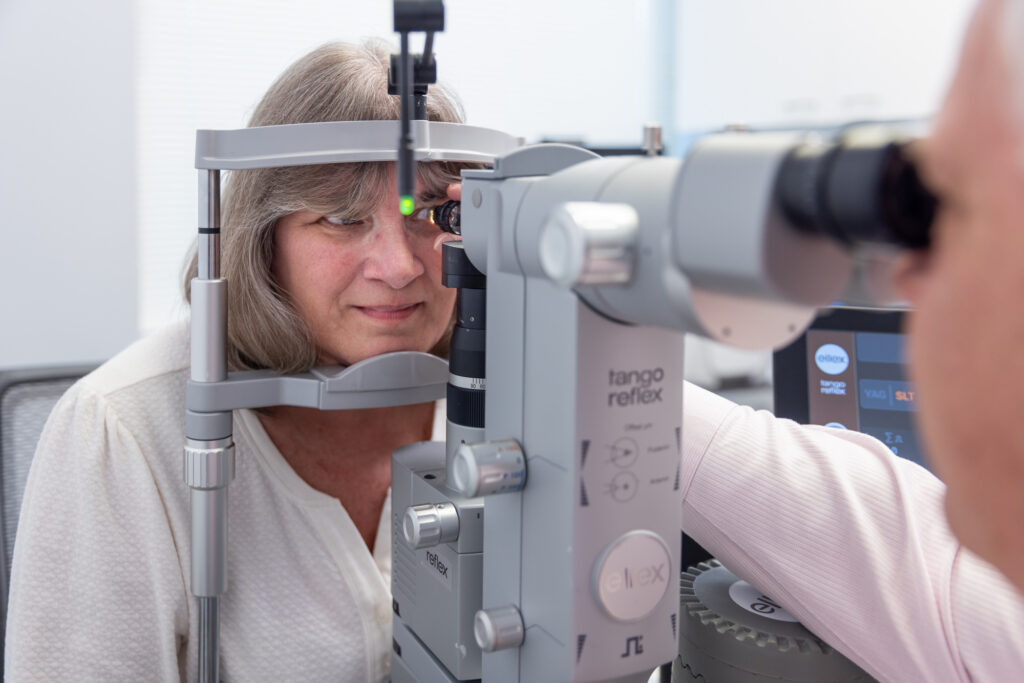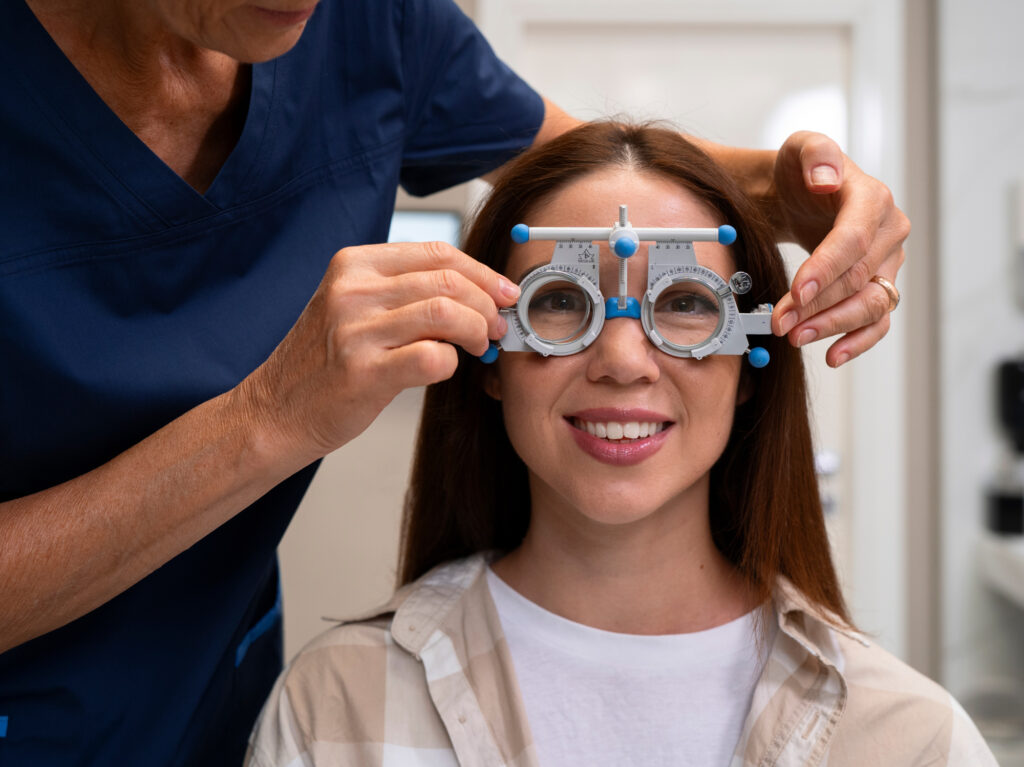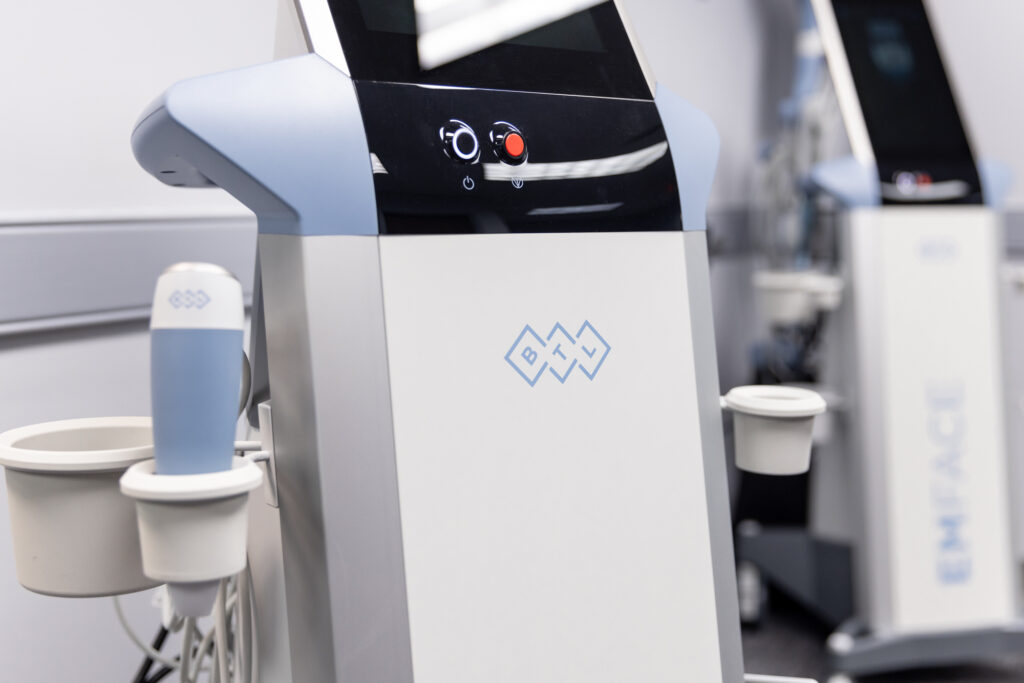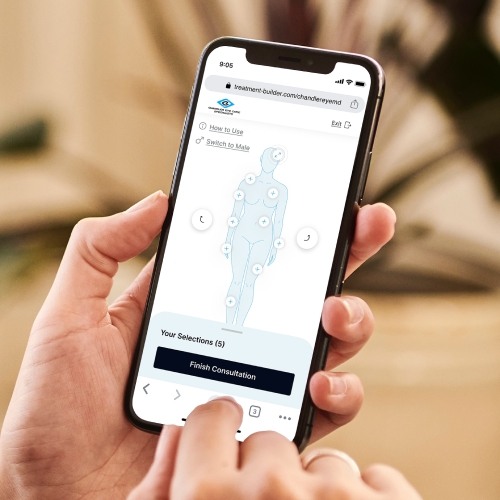
Glaucoma doesn’t always come with obvious warning signs, but your eyes might be trying to tell you something—and it’s worth listening. At Chandler Eye Care Specialists, we help you spot the subtle (and not-so-subtle) clues that it might be time to consider the next step in treatment.
In this blog, we’re breaking down common signs that could show it’s time to consider glaucoma surgery near Short Pump. You’ll also find clear, helpful tips to keep your eyes on the prize: healthy vision for years to come.
Sign #1: Gradual Loss of Peripheral Vision
A noticeable symptom of glaucoma is called “tunnel vision”. As glaucoma progresses, patients can lose their peripheral (side) vision. This causes their field of vision to narrow continually as the glaucoma worsens.
If you notice your vision changing and you cannot see objects or people approaching from your sides, contact a trusted eye doctor for a full eye evaluation.
Sign #2: Sudden Vision Loss or Blurry Vision
Blurry vision and sudden vision loss can be some of the earliest signs of glaucoma. Glaucoma increases intraocular pressure, which then presses on the optic nerve (the nerve connected to the back of the eye) and impacts your ability to see clearly.
If you notice your vision stays persistently blurry, consult with an eye specialist to see if you need to begin glaucoma treatment, which can include laser eye surgery.
Sign #3: Intense Eye Pain and Headaches
Because glaucoma increases intraocular pressure, this buildup in the eyes can lead to recurring headaches. These headaches can range from mild discomfort to severe pain. As the glaucoma continues to worsen, the headaches get more painful.
The additional pressure can also cause pain in the eyes that may accompany the headaches. If you regularly experience headaches accompanied by eye pain, schedule an eye exam as soon as possible.
Sign #4: Halos Around Lights
Glaucoma affects the way our eyes take in light rays, which can lead to the appearance of “halos” (also known as glare lights), especially in low-light settings. This symptom is the most noticeable at night when driving.
If you now see “halos” or “rainbows” around headlights when driving in the evening, or around street lamps when walking in a low-light setting, this may be an indication that the eye pressure is very high. These halos are caused by your eyes experiencing changes in pressure because of glaucoma.
Sign #5: Persistent Eye Redness
Many people experience redness when their eyes are tired or irritated. However, when it becomes a consistent problem, it can signal glaucoma. Inflammation triggered by the increased intraocular pressure can cause persistent redness in the eyes.
If eye drops don’t relieve the redness, you may need surgery to manage excess eye pressure caused by glaucoma.
Sign #6: No Symptoms At All
The most dangerous feature of glaucoma is that it often happens gradually, with no symptoms noticed by the patient. Dr. Chandler has seen cases where a person has lost all vision in an eye, with no awareness of the loss until their good eye is covered.
Glaucoma is often called the “sneak thief of sight”. Getting regular eye examinations by an ophthalmologist can uncover risks and lead to an early diagnosis of glaucoma before vision loss occurs.
Vision lost by glaucoma cannot be recovered. While a family history of glaucoma increases the risk for an individual, not having a family history does not reduce the risk.
 Glaucoma Care You Can Trust
Glaucoma Care You Can Trust
Your eyes do a lot for you, so when they send signs of trouble, it’s important to pay attention. Staying proactive about your eye health is the best way to protect your vision. Knowing when treatments—whether it’s glaucoma surgery or cataract surgery—might be necessary is also a key part of preserving your eyesight.
At Chandler Eye Care Specialists, we make the eye care process straightforward, supportive, and centered on you. If you’ve noticed any of these signs—or have questions about glaucoma surgery near Short Pump—we can help you take the next step with confidence and care.


